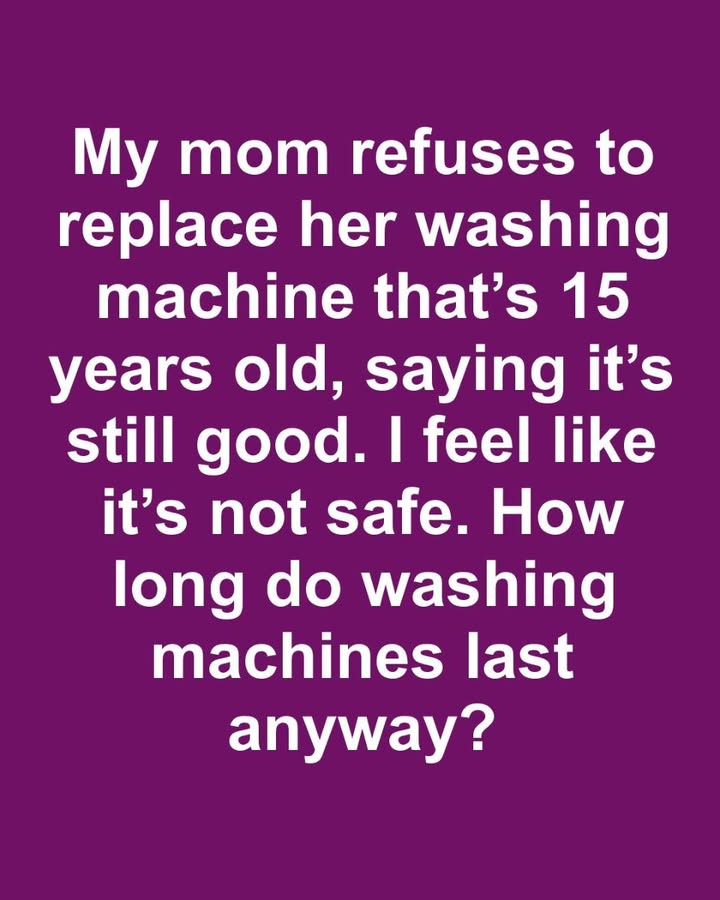Upgrading to a new washing machine brings numerous benefits, such as improved energy and water efficiency, advanced cleaning technology, and enhanced safety features. New models often include smart technology, offering features like delayed start, load sensing, and precision detergent dispensing. These innovations not only provide convenience but also contribute to better care for your clothes and reduced utility bills.
Cost Considerations: Repairing Versus Replacing
Deciding whether to repair or replace a washing machine involves weighing the costs. If the machine requires frequent repairs that cost more than 50% of the price of a new machine, it is likely more cost-effective to replace it. Furthermore, newer machines are generally more energy-efficient, which can lead to savings on electricity and water bills over time, partially offsetting the initial investment cost.
Environmental Impact: New Versus Old Appliances
From an environmental perspective, the decision to replace an appliance should consider energy efficiency and resource usage. New washing machines are designed to be more eco-friendly, using significantly less water and electricity than older models. However, disposing of an old machine has its own environmental impact. Recycling programs can help mitigate this by ensuring old appliances are disposed of responsibly, allowing their materials to be reused or transformed instead of ending up in a landfill.
Conclusion: Making an Informed Decision
When grappling with the decision to keep or replace a 15-year-old washing machine, there are several factors to consider—safety, performance, cost, environmental impact, and future needs. Weighing these aspects can help make an informed decision that ensures both the safety and satisfaction of your household. Ultimately, it’s important to assess the current condition of the machine and compare it against the benefits of newer models to determine the best course of action for you or your loved ones.

